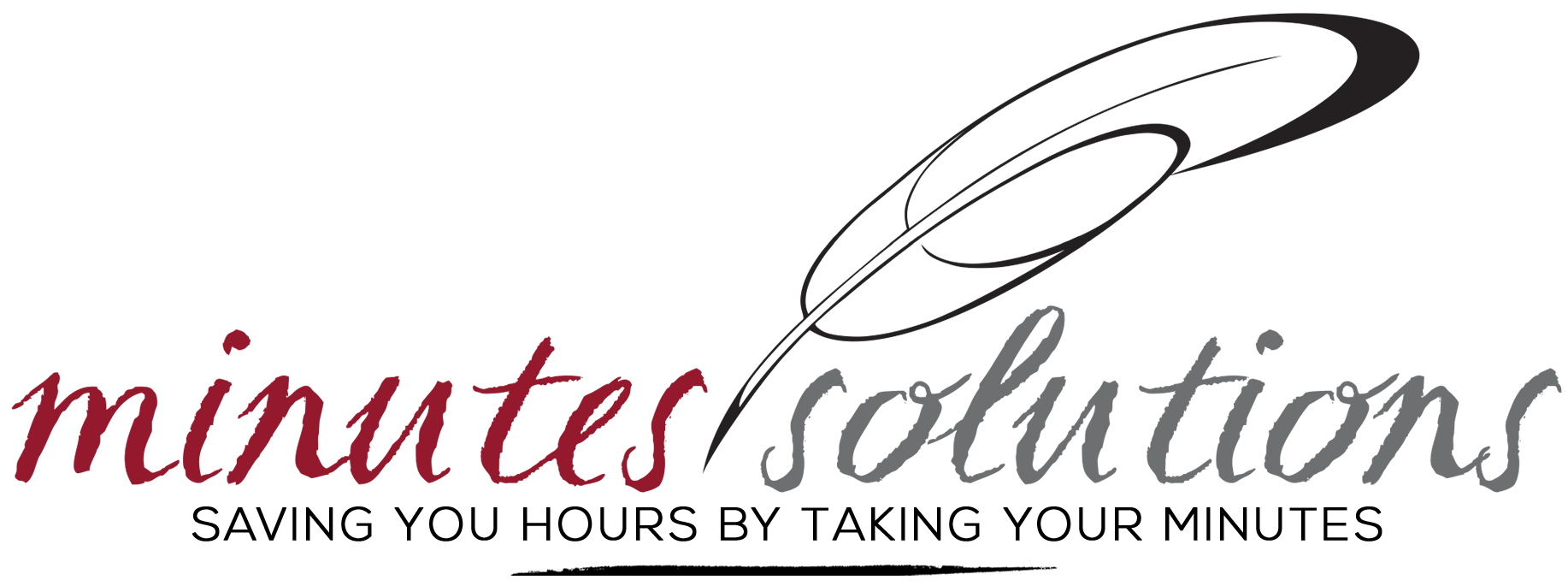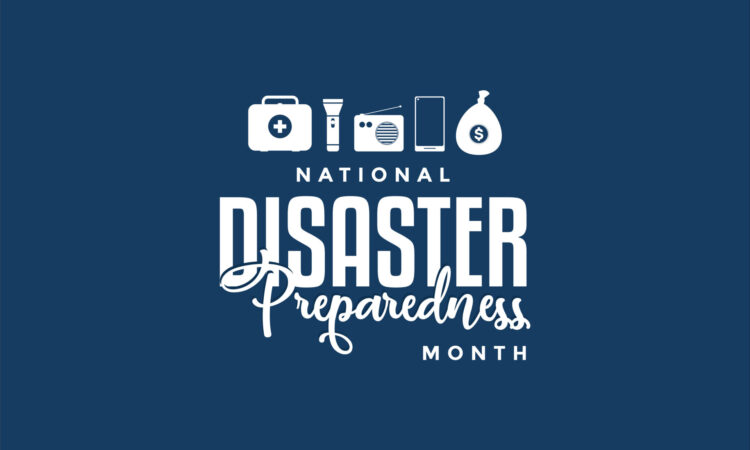September ushers in National Preparedness Month, making it a perfect time for community associations to reinforce their governance structures in anticipation of inevitable challenges. This blog post explores the significance of preparedness from a governance perspective, highlights the critical role of record keeping, and offers insights on effectively using National Preparedness Month as an impetus for action.
The Imperative of Preparedness for Community Resilience
Preparedness isn’t merely a luxury; it’s a fundamental necessity. Whether grappling with natural disasters, public health emergencies, financial turbulence, or legal complexities, community associations must adopt a proactive approach to governance. Associations play a pivotal role in managing disasters and emergencies within their communities, and preparedness is the linchpin for smoother decision-making, response, and recovery during adversity.
How Minutes Can Help Your Organization
Accurate and detailed minutes are the foundation of good governance. They provide a historical record of meetings, decisions, and actions taken. During crises, minutes become invaluable for tracking resource allocation, understanding past decisions, and maintaining transparency. Well-maintained minutes act as a compass to navigate uncertainty.
National Preparedness Month and Your Community
National Preparedness Month serves as an annual reminder to evaluate and strengthen your association’s readiness. It provides an opportunity to scrutinize emergency plans, identify vulnerabilities, and refine procedures. Community associations can leverage this month to engage their members in preparedness activities and educate them about their roles in emergencies.
Crafting a Robust Emergency Plan and Its Components
During an emergency, community associations are responsible for disseminating crucial information to residents, coordinating emergency services, and facilitating community recovery efforts, among other responsibilities. An emergency plan outlines the organization’s response to various crises. It encompasses the following:
- Clear communication protocols
- Well-thought-out evacuation plans
- Strategic resource allocation strategies
- Contact information for key stakeholders
- Defined roles and responsibilities for board members, community managers, and residents
- Procedures for assessing and addressing property damage
When creating the plan, consider the specific risks your community faces, whether it’s hurricanes, wildfires, or flooding. Customize your emergency plan to address these unique risks and ensure that it undergoes regular reviews and updates to remain effective.
The Value of Professional Minute Taking
Professional minute-taking services, such as Minutes Solutions, are invaluable allies on the path to preparedness. They guarantee meticulous documentation of all critical governance discussions and decisions, reducing the risk of misunderstandings or disputes during crises. At Minutes Solutions, we understand the unique challenges facing condominiums and homeowner associations (HOAs). Partnering with our team of expert minute takers allows you to focus on strategic planning and effective response, empowering you to lead your community with unwavering confidence and resilience.
Together, let’s build more robust, resilient communities.


